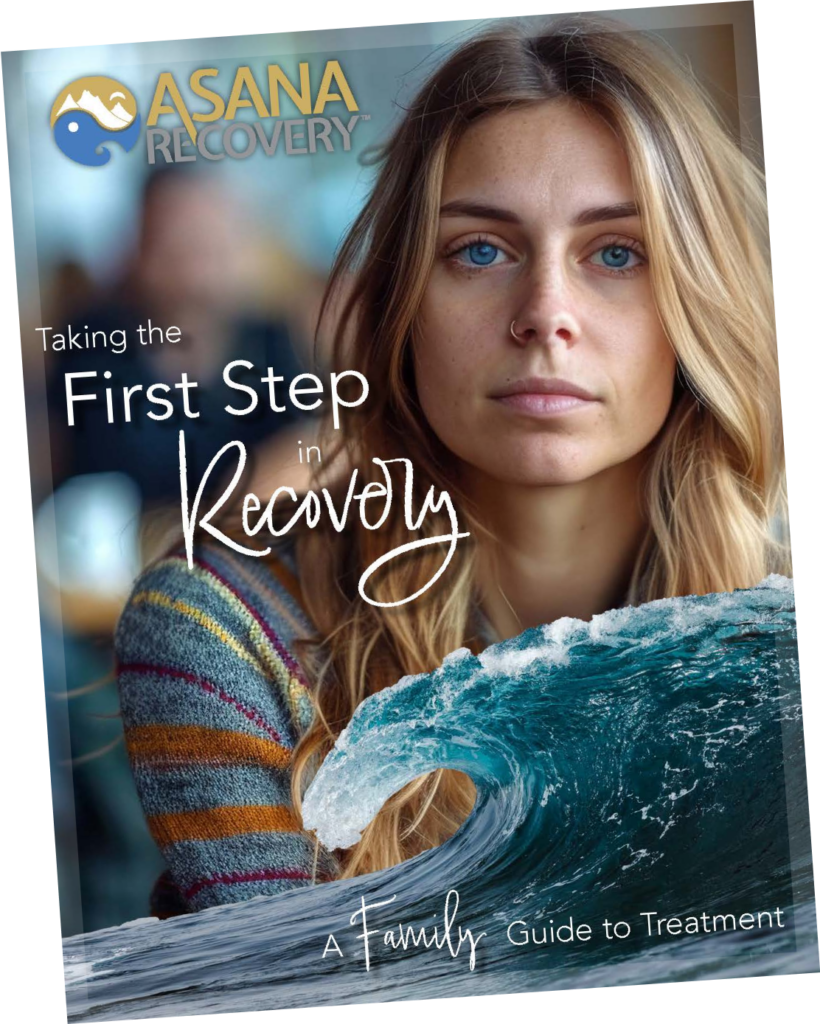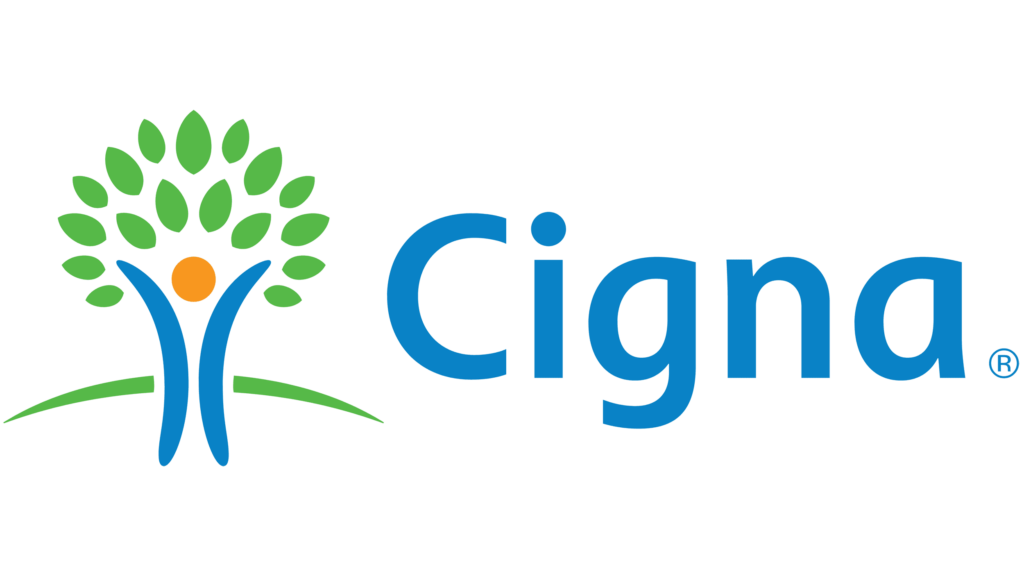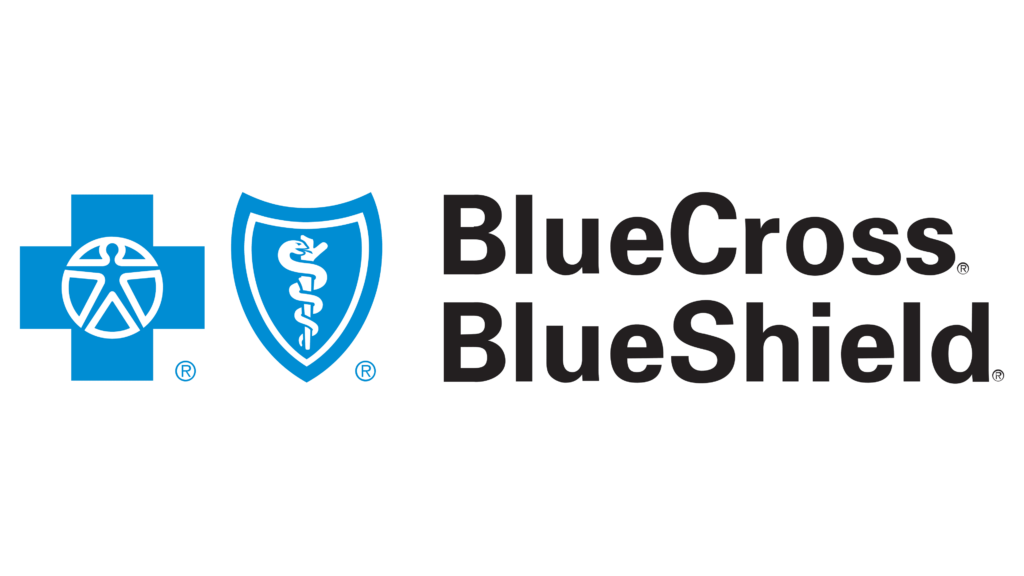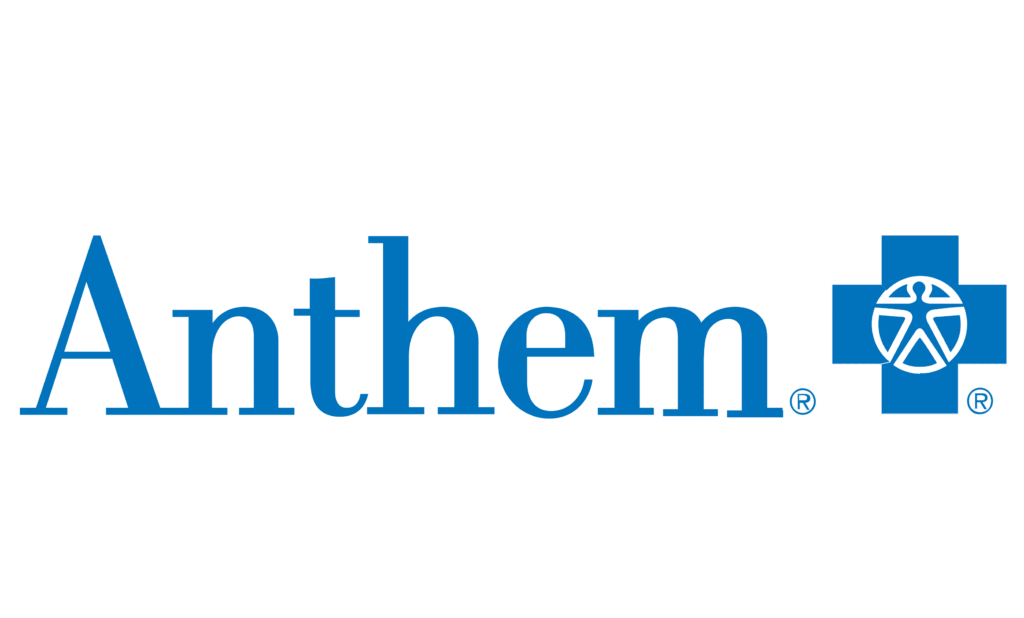Navigating the landscape of mental health and substance abuse treatment can feel overwhelming, especially when weighing options like Partial Hospitalization Programs (PHP) and Intensive Outpatient Programs (IOP). These outpatient programs serve as critical bridges between inpatient care and traditional outpatient therapy, but their distinct structures cater to different stages of recovery. With roughly 21 million Americans seeking treatment for substance use disorders annually, and 1 in 5 adults experiencing mental illness each year, choosing the right program can significantly impact long-term outcomes. Let’s break down the nuances of PHP vs IOP to empower your decision-making process.
An Intensive Outpatient Program (IOP) balances structured therapeutic support with the flexibility to maintain work, school, or family commitments. Imagine a professional juggling deadlines while attending therapy three afternoons a week, or a parent managing childcare while prioritizing their recovery—this is where IOP shines.
IOP programs often employ evidence-based therapies like Cognitive Behavioral Therapy (CBT) or Dialectical Behavior Therapy (DBT) in group settings, supplemented by weekly individual counseling. For example, a typical IOP program might involve:
IOP Meaning in Practice: Consider Sarah, a college student with generalized anxiety disorder. Her IOP allows morning classes followed by afternoon therapy, equipping her with coping strategies without derailing her education.
A Partial Hospitalization Program (PHP) acts as a middle ground between inpatient care and standard outpatient therapy. Picture someone discharged from a 30-day rehab but still needing daily monitoring—this is where PHP steps in. These programs often run 5-6 hours daily, 5 days a week, mimicking the intensity of residential treatment while allowing evenings at home.
PHP programs frequently integrate:
Real-World Example: Take Mark, a veteran with PTSD and alcohol dependence. His PHP provides EMDR therapy to process trauma, coupled with medication to reduce cravings—a level of care unattainable in traditional IOP.
When deciding between an Intensive Outpatient Program (IOP) and a Partial Hospitalization Program (PHP), it’s essential to understand how each program differs in terms of intensity, structure, and the type of support provided. The most significant distinction between the two lies in the level of care they offer. PHP is designed to be more intensive than IOP, providing individuals with a higher level of support. In a PHP, patients typically attend therapy sessions every day, often for five to six hours a day. This consistent care is crucial for individuals who are dealing with more severe symptoms, requiring a structured environment that is closer to what you might experience in an inpatient treatment setting. On the other hand, an IOP usually involves therapy sessions three to four days a week, making it a more flexible option for those who can manage their responsibilities outside of treatment but still need structured therapeutic support.
The time commitment also varies significantly between the two programs. Since PHP offers daily sessions, the duration of these programs is often shorter—typically lasting two to four weeks. The shorter duration makes PHP more intense, but it also means that patients move through treatment quickly and can transition to less intensive care, such as IOP or aftercare, sooner. IOP, however, spans a longer period, often ranging from eight to twelve weeks, because of the less frequent sessions and a focus on building long-term coping strategies and skills. This extended timeframe allows individuals to gradually build the tools necessary to maintain recovery, especially as they transition back into their everyday lives.
Another critical difference between IOP vs PHP is the level of medical oversight provided. In a PHP, patients benefit from consistent monitoring by medical professionals, including psychiatrists and nurses, who are available throughout the day. This is particularly important for individuals with more complex mental health or substance use disorders, as it ensures that any medical needs are addressed promptly. IOP, by contrast, generally offers occasional nurse check-ins or psychiatric support, but the level of medical supervision is far less intensive. For those with co-occurring disorders or medical needs that require close attention, PHP may be the more appropriate option, as it provides comprehensive medical and psychiatric support, something IOP lacks.
Cost is also an important consideration when choosing between these two options. While PHP can be more expensive due to its intensive nature and daily sessions, many people find that PHP programs are covered by insurance. However, it’s important to note that because PHP typically lasts a shorter period than IOP, the overall cost for the entire treatment duration might not be as high as it initially seems. IOP, while usually less expensive on a daily basis, may ultimately cost more due to the longer treatment duration. For individuals with limited insurance coverage, IOP can be a more cost-effective choice, as it allows for continued income generation during treatment.
Ultimately, deciding between IOP vs PHP depends largely on the severity of the disorder and the individual’s specific needs. For those who are in crisis or transitioning from inpatient care, PHP may be the best fit. It provides the structured care and medical supervision needed during the most critical stages of recovery. IOP, on the other hand, is well-suited for individuals who need support but can manage their daily lives outside of treatment. Whether you’re recovering from substance abuse, mental health issues, or dual diagnosis, understanding these differences is key to making an informed decision about the level of care that will best support your recovery journey.
Asana Recovery works with most PPO plans, covering up to 100%. See if your insurance can help fund your journey. Click below to get a free quote.

Choosing between IOP and PHP depends on your specific needs and the level of care required. Consider the following:
Choose PHP if:
Choose IOP if:
PHP vs IOP for Depression: A PHP might involve daily mood tracking with a psychiatrist adjusting SSRIs, while IOP could focus on CBT techniques to combat negative thought patterns.
While sticker prices differ, consider hidden factors:
Both IOP and PHP programs may qualify for FMLA protections in many states.
Both Intensive Outpatient Programs (IOP) and Partial Hospitalization Programs (PHP) provide structured care, but the expectations and day-to-day experience can vary significantly between the two. Understanding what each program entails is crucial for preparing for treatment and ensuring that you make the right choice based on your needs.
In an IOP, participants can expect a flexible yet structured schedule that combines group therapy, individual sessions, and sometimes family therapy. The therapy sessions, which typically take place three to four days a week, are designed to address underlying mental health or substance abuse issues and equip participants with the tools they need to maintain recovery. For example, during the first two weeks of IOP, you might focus on building trust in the group and becoming familiar with the therapeutic process. As the program progresses, you’ll move into deeper work such as identifying triggers and practicing coping strategies. By the final weeks, you’ll likely focus on relapse prevention and applying everything you’ve learned in real-world scenarios.
One of the benefits of IOP programs is the ability to maintain daily responsibilities such as work, school, or family commitments while receiving treatment. IOP program requirements generally include a commitment to attend scheduled sessions, be open to participating in therapy, and maintain a stable living environment. This flexibility makes IOP an ideal choice for individuals who have the ability to manage their daily lives but still require intensive therapeutic support to manage their mental health or substance abuse.
In contrast, PHP programs are more intensive and structured. Clients can expect to attend daily therapy sessions that range from five to six hours per day, five days a week. These programs mimic the level of care found in residential treatment but with the added benefit of returning home each evening. The PHP outpatient program typically involves a comprehensive approach, including group therapy, individual therapy, family counseling, and sometimes additional therapies like art therapy or biofeedback. The structure is meant to provide support while also allowing individuals to maintain some level of independence.
In a PHP, you might start each day with a morning check-in with your psychiatrist to assess your medication needs and overall progress. Following that, you’ll likely engage in process groups where you’ll discuss specific recovery-related topics, such as coping mechanisms for stress or managing cravings. In the afternoon, therapy sessions might include family counseling or specialized treatments like trauma-focused therapy, which is particularly useful for individuals recovering from dual diagnosis or co-occurring disorders. These sessions aim to address emotional and behavioral issues in a supportive, therapeutic environment.
The comprehensive care of a PHP program also includes medical and psychiatric support. This makes it an ideal option for individuals who need more intensive treatment, such as those transitioning from inpatient care or those who have a history of substance abuse combined with mental health issues. While IOP provides valuable therapeutic support, PHP ensures that clients are monitored more closely, with access to a broader range of resources to aid in their recovery.
Both IOP and PHP require active participation and a commitment to the process. In an IOP, you’ll be expected to engage in individual and group therapy sessions, working through personal issues and learning coping strategies for managing triggers. The therapy will focus on identifying patterns of thought and behavior, which can often lead to a deeper understanding of the root causes of mental health or addiction issues. In PHP, the intensity of therapy is heightened, with daily sessions designed to help individuals process trauma, manage symptoms, and stabilize before transitioning to less intensive care, such as IOP.
For individuals in mental health PHP programs, you might also encounter specialized therapies to address specific needs, such as medication management for bipolar disorder or schizophrenia. This medical support is particularly beneficial for clients who require consistent medication adjustments, making PHP the more appropriate choice for those with severe symptoms or complex diagnoses.
Ultimately, both IOP and PHP are designed to provide structured, goal-oriented treatment, but the key difference lies in the intensity and frequency of the care provided. IOP is ideal for individuals who can manage their lives with some support, while PHP offers more comprehensive, round-the-clock care for those who need additional help. The decision between these two options depends largely on the severity of your condition and your ability to manage day-to-day activities while undergoing treatment.
Dual Diagnosis Case Study:
Addiction Recovery Path:
Choosing the right treatment program is the first step in your recovery journey. At Asana Recovery, we offer both Intensive Outpatient Programs (IOP) and Partial Hospitalization Programs (PHP) to provide the support you need at every stage of your recovery. Whether you’re managing mental health challenges or overcoming substance abuse, our team of experienced professionals is here to guide you. Contact us today to learn more about our personalized treatment options and start your path to healing.
We get it. Addiction recovery is tough. That’s why our programs are founded and staffed by people in recovery – people who truly understand.
The main difference between Intensive Outpatient Programs (IOP) and Partial Hospitalization Programs (PHP) is the level of care. PHP provides more intensive treatment with daily therapy sessions, making it ideal for those who need medical or psychiatric supervision. In contrast, IOP involves fewer sessions per week, typically 3-4 days, and is suitable for those who need structured therapy but can manage their daily activities.
In an IOP program, you can expect a combination of group therapy, individual counseling, and sometimes family therapy. These sessions are typically held 3-4 days a week and focus on helping you develop coping strategies for managing mental health or substance abuse challenges. The goal is to help you maintain your recovery while still fulfilling your daily responsibilities, such as work or school.
PHP (Partial Hospitalization Program) is a more intensive treatment option for individuals needing closer medical supervision. It involves daily therapy sessions, often 5-6 hours per day, and includes a mix of individual therapy, group therapy, and medical care. It’s ideal for those transitioning from inpatient care or dealing with dual diagnoses or severe symptoms that require constant support.
Yes, it is common for individuals to transition between IOP and PHP based on their recovery needs. For example, someone might begin in PHP for more intensive support and, as their condition stabilizes, move to IOP for continued treatment with less frequent sessions. Your treatment team will help determine the best course of action based on your progress.
The cost of PHP and IOP programs varies depending on the facility and the level of care required. PHP is typically more expensive due to daily sessions and medical supervision, averaging $350-$450 per day, while IOP costs range from $200-$300 per session. Many insurance plans cover both programs, so it’s important to check with your provider for coverage details.
IOP programs typically last 8-12 weeks, with therapy sessions held a few times per week. PHP programs are shorter, usually lasting 2-4 weeks, with daily therapy sessions. The duration depends on individual progress and the severity of the disorder being treated. Both programs are designed to stabilize symptoms and then transition clients to lower levels of care.
IOP is best for individuals who need structured care but can manage their daily responsibilities, such as work or school. It’s suitable for those with moderate mental health conditions or early-stage addiction. PHP, on the other hand, is more appropriate for individuals who need a higher level of care due to more severe symptoms, dual diagnoses, or those transitioning from inpatient treatment.
Yes, Asana Recovery offers both IOP and PHP to meet the diverse needs of our clients. Whether you’re seeking help for substance abuse or mental health issues, our treatment programs are designed to provide the right level of care at every stage of your recovery journey. Contact us today to learn more about our personalized treatment options.
Take your first step towards lasting recovery. At Asana, we offer effective, insurance-covered treatment for addiction and mental health, guided by experts who understand because they’ve been there. Start your healing today.

This book has helped so many men and women; and we want to give it you for FREE. Get signed up today and discover how to unlock the grip of addiction and get back to living your best life.
In this book, you’ll discover…
— The Most Common Misconceptions About Addiction and Rehab
— Why Rock Bottom is a Myth and What You Can Do About It
–The Steps to Healing From Trauma, Both Mentally and Emotionally
–And much more!
© Copyright 2024 Asana Recovery™ | All Rights Reserved | Privacy Policy
You could save up to 100% of your treatment using your Insurance.





By submitting this form, you agree to Asana Recovery’s Privacy Policy. You also consent to Asana Recovery contacting you by phone, text message, and email regarding your insurance benefits and treatment services. You acknowledge that text messaging may involve risks, authorize the use of your Protected Health Information (PHI) for these communications, and understand you can opt-out of text messages at any time by replying “STOP”.
Asana Recovery
We firmly believe that the internet should be available and accessible to anyone, and are committed to providing a website that is accessible to the widest possible audience, regardless of circumstance and ability.
To fulfill this, we aim to adhere as strictly as possible to the World Wide Web Consortium’s (W3C) Web Content Accessibility Guidelines 2.1 (WCAG 2.1) at the AA level. These guidelines explain how to make web content accessible to people with a wide array of disabilities. Complying with those guidelines helps us ensure that the website is accessible to all people: blind people, people with motor impairments, visual impairment, cognitive disabilities, and more.
This website utilizes various technologies that are meant to make it as accessible as possible at all times. We utilize an accessibility interface that allows persons with specific disabilities to adjust the website’s UI (user interface) and design it to their personal needs.
Additionally, the website utilizes an AI-based application that runs in the background and optimizes its accessibility level constantly. This application remediates the website’s HTML, adapts Its functionality and behavior for screen-readers used by the blind users, and for keyboard functions used by individuals with motor impairments.
If you’ve found a malfunction or have ideas for improvement, we’ll be happy to hear from you. You can reach out to the website’s operators by using the following email
Our website implements the ARIA attributes (Accessible Rich Internet Applications) technique, alongside various different behavioral changes, to ensure blind users visiting with screen-readers are able to read, comprehend, and enjoy the website’s functions. As soon as a user with a screen-reader enters your site, they immediately receive a prompt to enter the Screen-Reader Profile so they can browse and operate your site effectively. Here’s how our website covers some of the most important screen-reader requirements, alongside console screenshots of code examples:
Screen-reader optimization: we run a background process that learns the website’s components from top to bottom, to ensure ongoing compliance even when updating the website. In this process, we provide screen-readers with meaningful data using the ARIA set of attributes. For example, we provide accurate form labels; descriptions for actionable icons (social media icons, search icons, cart icons, etc.); validation guidance for form inputs; element roles such as buttons, menus, modal dialogues (popups), and others. Additionally, the background process scans all the website’s images and provides an accurate and meaningful image-object-recognition-based description as an ALT (alternate text) tag for images that are not described. It will also extract texts that are embedded within the image, using an OCR (optical character recognition) technology. To turn on screen-reader adjustments at any time, users need only to press the Alt+1 keyboard combination. Screen-reader users also get automatic announcements to turn the Screen-reader mode on as soon as they enter the website.
These adjustments are compatible with all popular screen readers, including JAWS and NVDA.
Keyboard navigation optimization: The background process also adjusts the website’s HTML, and adds various behaviors using JavaScript code to make the website operable by the keyboard. This includes the ability to navigate the website using the Tab and Shift+Tab keys, operate dropdowns with the arrow keys, close them with Esc, trigger buttons and links using the Enter key, navigate between radio and checkbox elements using the arrow keys, and fill them in with the Spacebar or Enter key.Additionally, keyboard users will find quick-navigation and content-skip menus, available at any time by clicking Alt+1, or as the first elements of the site while navigating with the keyboard. The background process also handles triggered popups by moving the keyboard focus towards them as soon as they appear, and not allow the focus drift outside it.
Users can also use shortcuts such as “M” (menus), “H” (headings), “F” (forms), “B” (buttons), and “G” (graphics) to jump to specific elements.
We aim to support the widest array of browsers and assistive technologies as possible, so our users can choose the best fitting tools for them, with as few limitations as possible. Therefore, we have worked very hard to be able to support all major systems that comprise over 95% of the user market share including Google Chrome, Mozilla Firefox, Apple Safari, Opera and Microsoft Edge, JAWS and NVDA (screen readers).
Despite our very best efforts to allow anybody to adjust the website to their needs. There may still be pages or sections that are not fully accessible, are in the process of becoming accessible, or are lacking an adequate technological solution to make them accessible. Still, we are continually improving our accessibility, adding, updating and improving its options and features, and developing and adopting new technologies. All this is meant to reach the optimal level of accessibility, following technological advancements. For any assistance, please reach out to